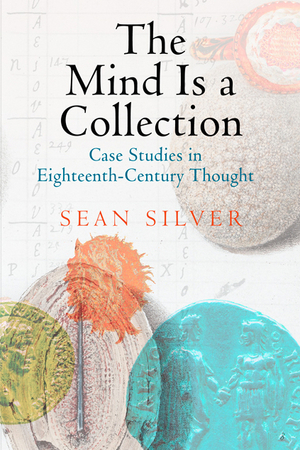
A Portable Camera Obscura
“An Instrument of Use to take the Draught, or Picture of any Thing,” in Robert Hooke, Philosophical Experiments and Observations (London, 1726). Courtesy University of Michigan Special Collections.

a born-digital museum of eighteenth-century thought
“An Instrument of Use to take the Draught, or Picture of any Thing,” in Robert Hooke, Philosophical Experiments and Observations (London, 1726). Courtesy University of Michigan Special Collections.
Painter Joshua Reynolds owned a camera obscura that folded up into the shape of a book. Image courtesy Science Museum, London (AN 1875-28).
Physician Thomas Willis pioneered the techniques to lay open the delicate, ringlike vascular structure in the core of the brain. Photo by Curator, from Cerebri Anatome (1664).
Marcantonio’s engraving of the Judgment of Paris, from the design of Raphael (1511–1513). H,2.24 © Trustees of the British Museum.
Jan van Kessel the Elder, Kunstkammer with Venus at Her Toilette-- one of many similar paintings produced, factory-style, in the studios of Dutch and Flemish artists. AN 2797 © Staatliche Kunsthalle, Karlsruhe.
One of five fall-front cabinets, containing the oldest-known complete mineralogical collection. Image courtesy Sedgwick Museum of Earth Sciences, Cambridge.
Pope's converted a foot-tunnel on his property into a mineralogical collection. Photo by Curator, used with kind permission of Radnor House School.
Sir Kenelm Digby compared the agitated mind to a bowl full of currants. I was curious what that would look like. Photo by Curator.